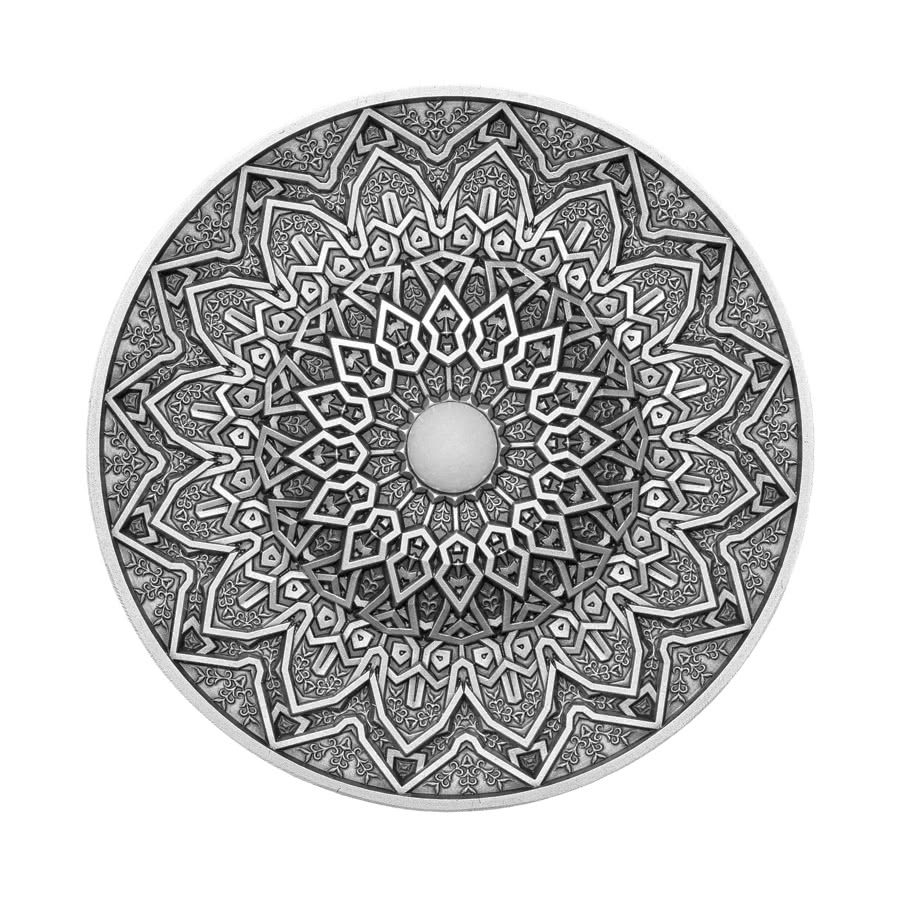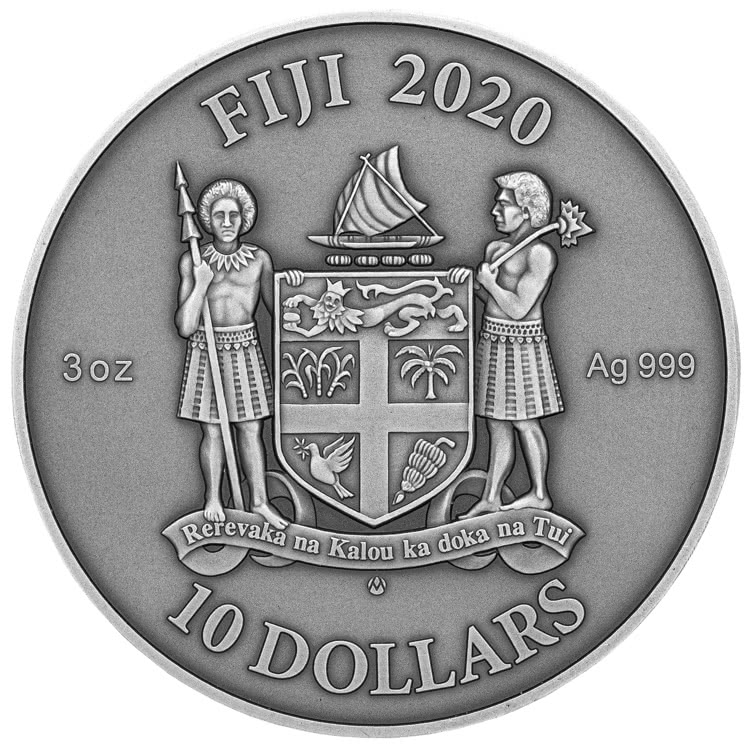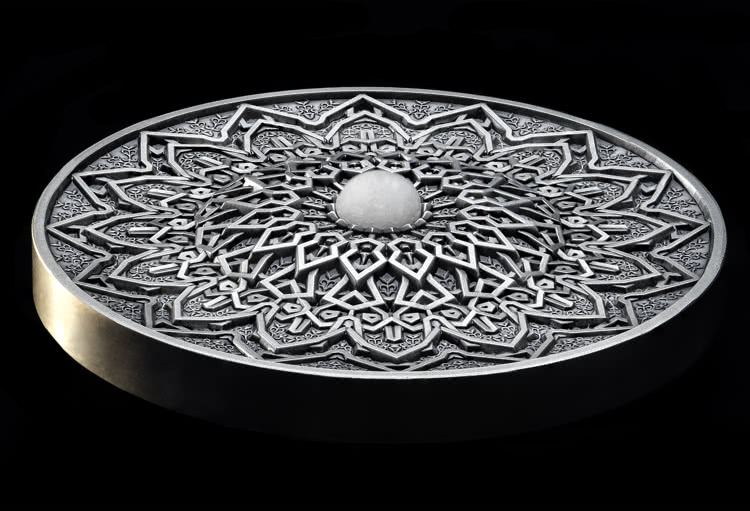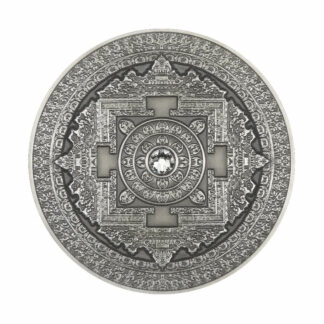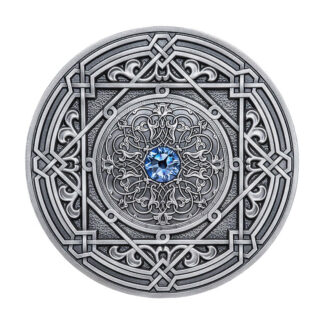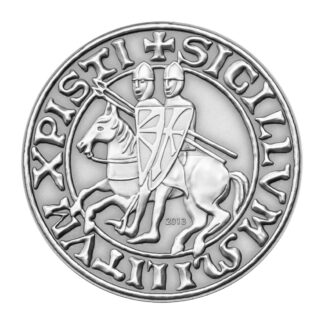Description
PERSIAN ART
Persian art has one of the richest art heritages in world history and has been strong in many media including architecture, painting, weaving, pottery, calligraphy, metalworking and sculpture. At different times, influences from the art of neighbouring civilizations have been very important, and latterly Persian art gave and received major influences as part of the wider styles of Islamic art.
Persian art continued to place larger emphasis on figures than Islamic art from other areas, though for religious reasons now generally avoiding large examples, especially in sculpture. The general Islamic style of dense decoration, geometrically laid out, developed in Persia into a supremely elegant and harmonious style combining motifs derived from plants with Chinese motifs such as the cloud-band, and often animals that are represented at a much smaller scale than the plant elements surrounding them. Under the Safavid dynasty in the 16th century this style was used across a wide variety of media, and diffused from the court artists of the shah, most being mainly painters.
MANDALA ART
What is a Mandala?
The meaning of mandala comes from Sanskrit meaning “circle.” It appears in
the Rig Veda as the name of the sections of the work, but is also used in
many other civilizations, religions and philosophies. Even though it may be
dominated by squares or triangles, a mandala has a concentric structure.
Mandalas offer balancing visual elements, symbolizing unity and harmony. The
meanings of individual mandalas is usually different and unique to each
mandala.
The mandala pattern is used in many traditions. In the Americas, Indians
have created medicine wheels and sand mandalas. The circular Aztec calendar
was both a timekeeping device and a religious expression of ancient Aztecs.
In Asia, the Taoist “yin-yang” symbol represents opposition as well as
interdependence. Tibetan mandalas are often highly intricate illustrations
of religious significance that are used for meditation. From Buddhist stupas
to Muslim mosques and Christian cathedrals, the principle of a structure
built around a center is a common theme in architecture.
In common use, mandala has become a generic term for any diagram, chart or
geometric pattern that represents the cosmos metaphysically or symbolically;
a microcosm of the universe.
Representing the universe itself, a mandala is both the microcosm and the
macrocosm, and we are all part of its intricate design. The mandala is more
than an image seen with our eyes; it is an actual moment in time. It can be
can be used as a vehicle to explore art, science, religion and life itself.
Carl Jung said that a mandala symbolizes “a safe refuge of inner
reconciliation and wholeness.” It is “a synthesis of distinctive elements in
a unified scheme representing the basic nature of existence.”

